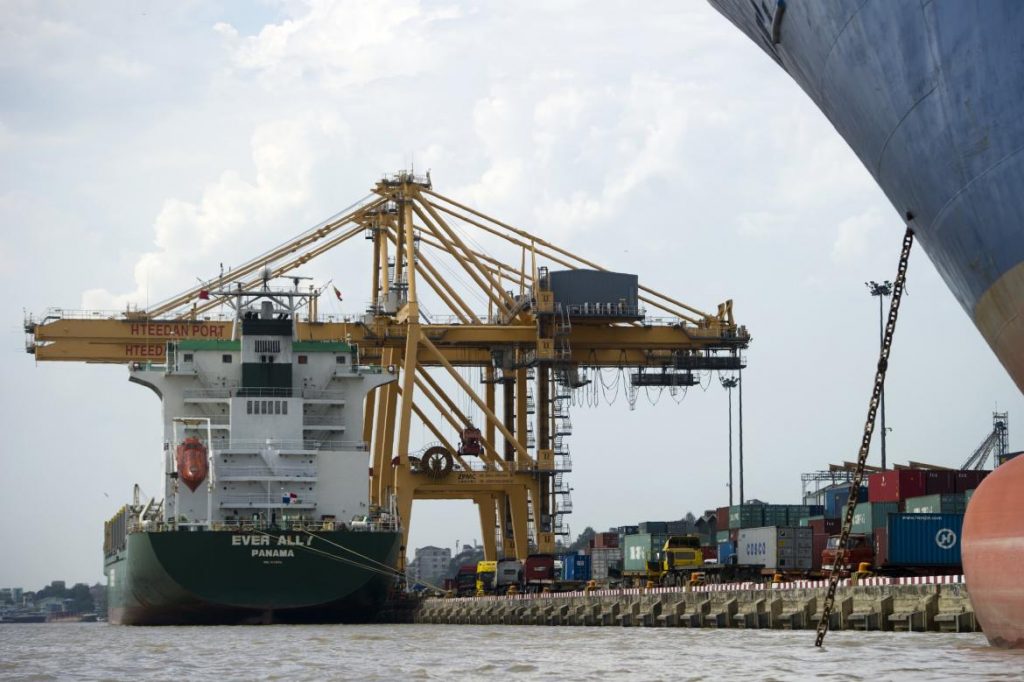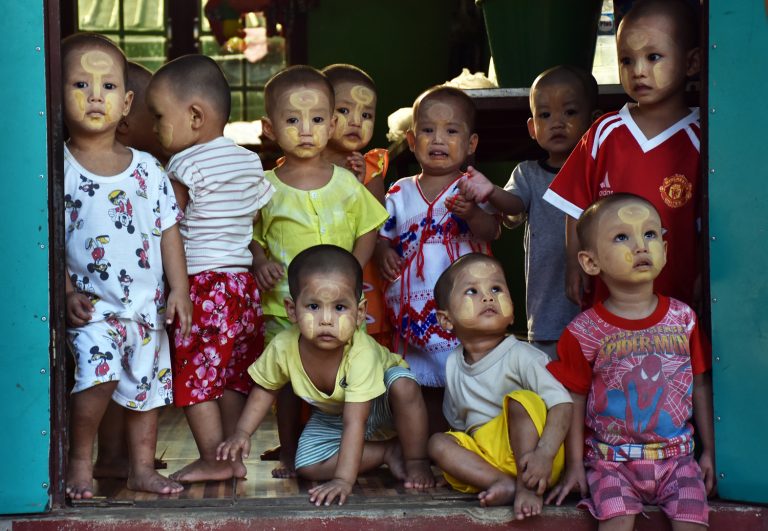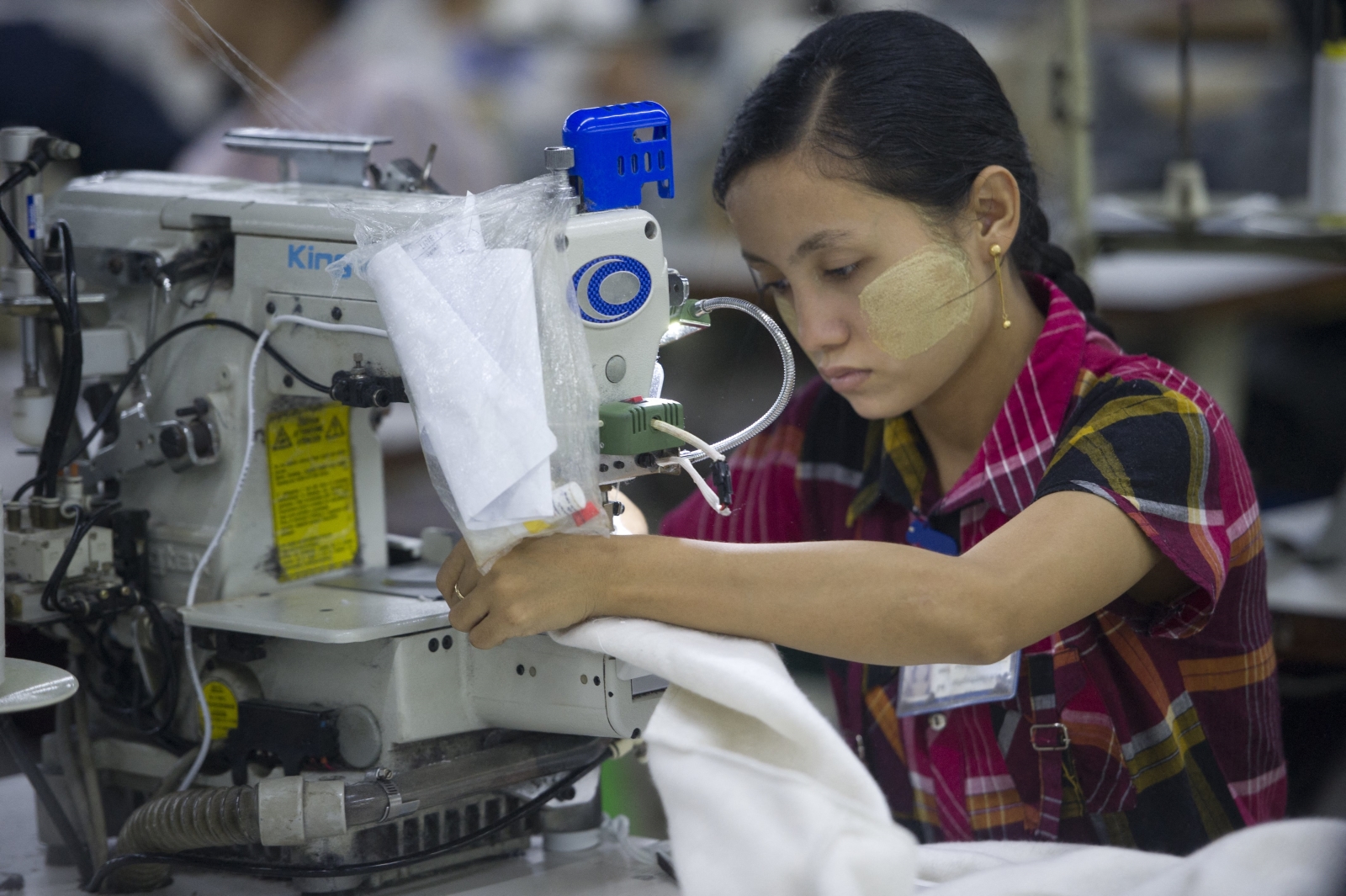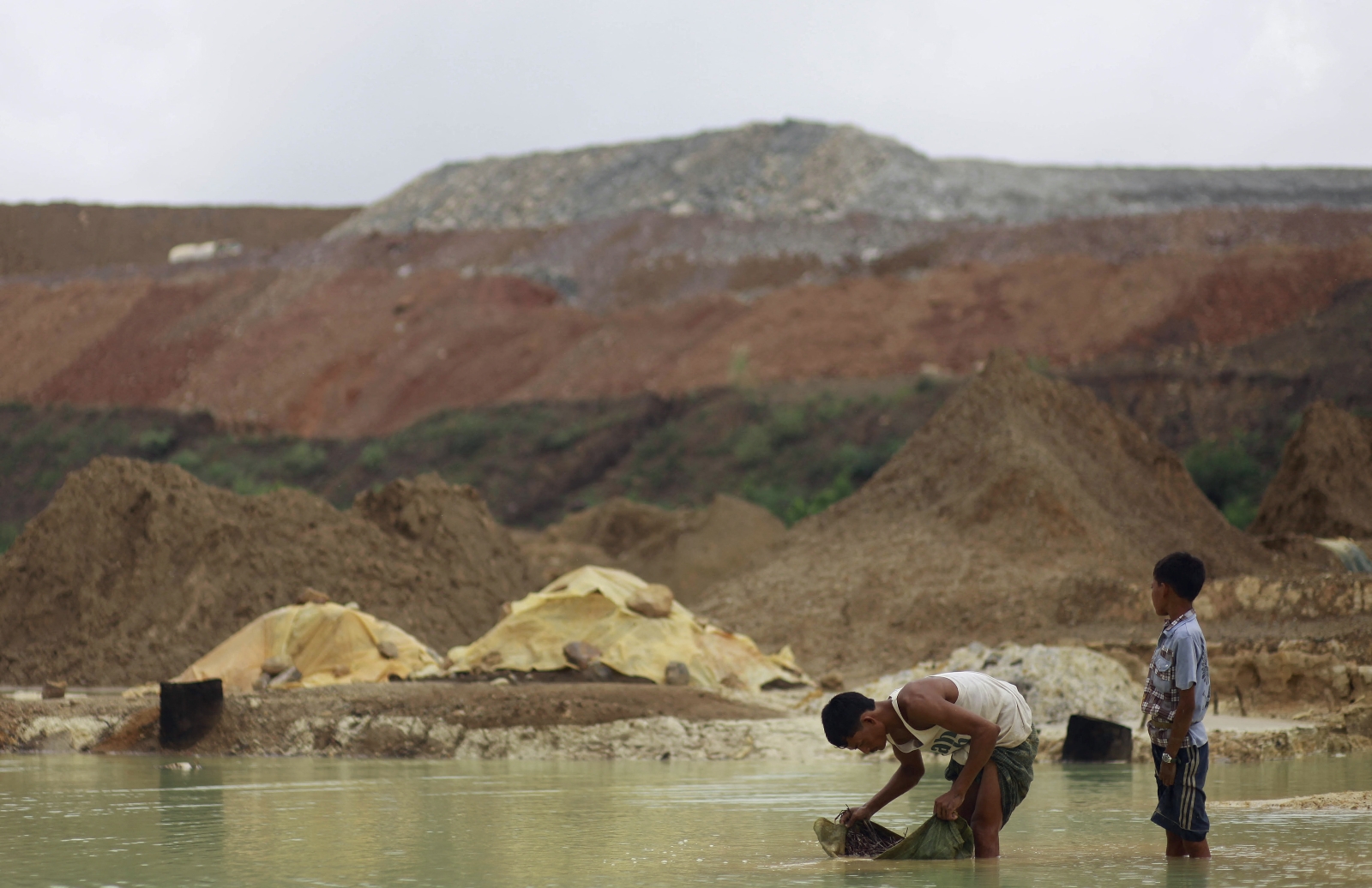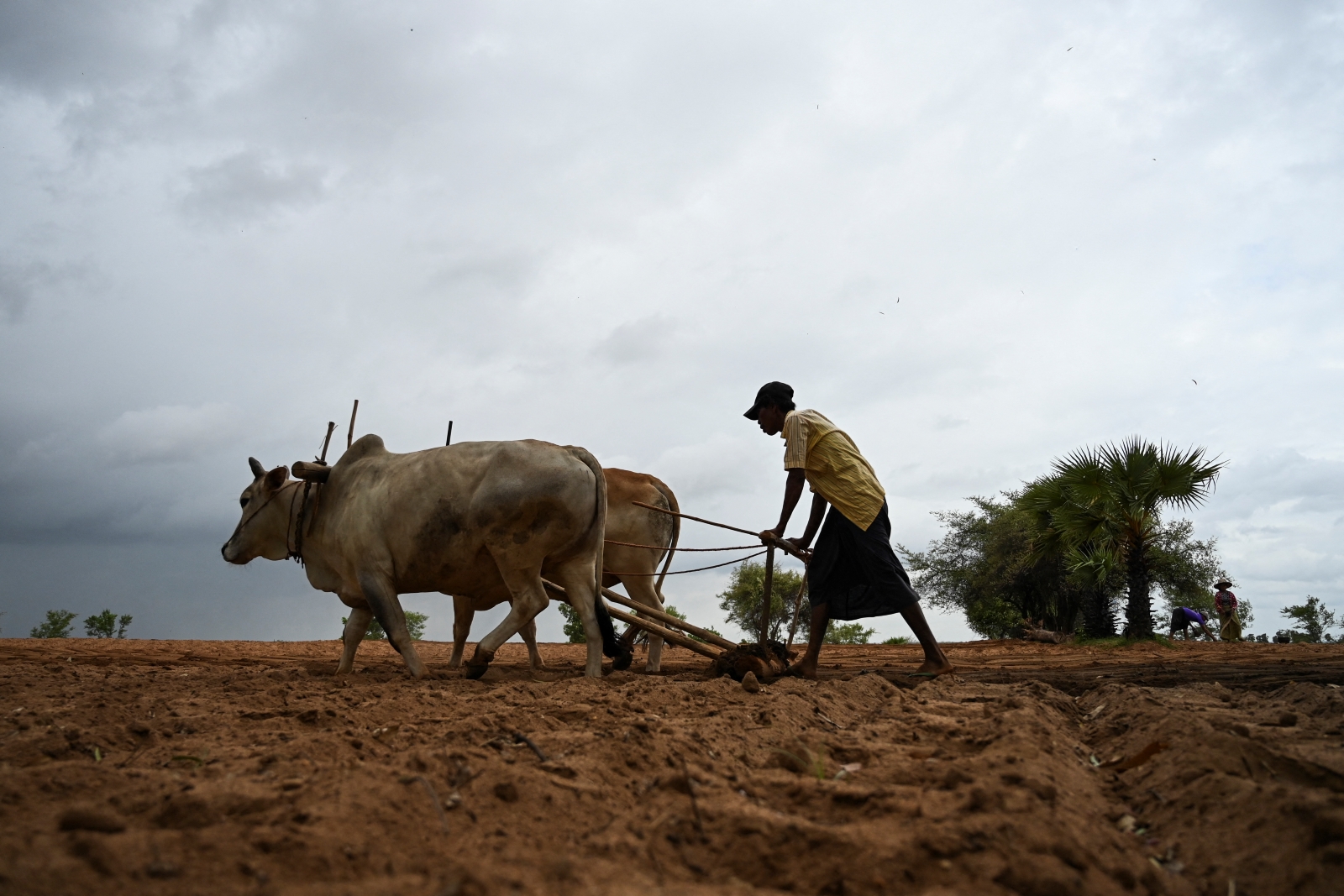A slowdown in the economy, a slump in export earnings and a decline in foreign investment have weighed on the first budget of the National League for Democracy government.
By SITHU AUNG MYINT | FRONTIER
THE FIRST budget to be drafted by the National League for Democracy-backed government was tabled for debate on January 30 in the NLD-dominated Pyidaungsu Hluttaw, the joint sitting of the two houses of the Union parliament.
The 2017-18 budget will take effect at the start of the fiscal year, on April 1. When the NLD took office, it inherited a budget drafted by President U Thein Sein’s government and approved by the previous Hluttaw, dominated by the Union Solidarity and Development Party.
This week I would like to focus on the differences between the two budgets and the prospects and challenges for achieving strong economic growth in the coming fiscal year.
The spending estimate in the 2017-18 budget is similar to that for 2016-17. The USDP government anticipated income of more than K17 trillion and spending of about K21 trillion, leaving a deficit of nearly K4 trillion, or 4.5 percent of GDP.
Support more independent journalism like this. Sign up to be a Frontier member.
The NLD’s budget anticipates income of nearly K17 trillion, spending at nearly K21 and a deficit of more than K4 trillion. Although the budget estimate is similar to last year, the deficit for 2017-18 exceeds that of the current year by K370 billion and is just over 4.5 percent of GDP. In the last two years of the Thein Sein administration the budget deficit was 1.1 percent and 3.2 percent, respectively, of GDP, but under the USDP-drafted budget for the NLD’s first year in government it was 4.5 percent, about the same as forecast for 2017-18. The large deficit is not good for the economy.
President U Htin Kyaw, who is also chair of the 21-member Financial Commission, has previously explained that there are several reasons for a lack of revenue growth. These include the global fall in natural gas prices, the nation’s main earner of export revenue; a temporary national logging ban; and the suspension of extending permits to mine jade and other gems. The production of electric power has increased but it was being sold at a loss to benefit the people.
It goes without saying that spending cannot increase without a rise in income. The president did not refer to tax revenue. Although this is the main source of government revenue, it has not increased as expected, mainly because of illegal trade through the black market. A crackdown on illegal trade is planned to minimise tax losses.
In a bid to increase tax revenue, the government has also decided to re-open two border gates – the Theinni Yebu gate on the Mandalay-Muse road in Shan State and the Mayanchaung gate on the Yangon-Myawaddy road in Mon State – that were closed during the term of the previous government.
Although remaining US economic sanctions on Myanmar were lifted by President Barack Obama last October, four years after the EU lifted all of its economic sanctions, foreign investment has not risen in line with expectations. This was partly due to a delay by the incoming NLD government in appointing new members of the Myanmar Investment Commission.
In the first four months of the current fiscal year, the MIC approved FDI totalling US$380 million, down from $2.6 billion in the same period in 2015. The Directorate of Investment and Company Administration said FDI approvals has risen to $4.5 million by January and were on course to exceed $6 billion by the end of the fiscal year.
This is sharply down on the record $9.4 billion in FDI approved in 2015-16 and the $8 billion approved in 2014-15. Investor caution ahead of the approval of the Myanmar Investment Law in October was also a factor. Much remains to be done to realise the expectations for a foreign investment boom under the NLD government.
A report on attracting FDI prepared by the Japan Chamber of Commerce and Industry and handed to State Counsellor Daw Aung San Suu Kyi highlighted the need for a reliable electricity supply and upgrades to road, rail, waterway and air transport infrastructure. It also recommended a reduction of restrictions on foreign investment and a more transparent tax system.
The latest World Bank report is optimistic about the economic outlook and forecasts that growth will average 7.1 percent over the next three years. It forecast growth of 6.5 percent for the current fiscal year, down from 7.3 percent in the final year of the Thein Sein administration.
Aung San Suu Kyi has acknowledged that economic growth has been slow. There’s no sign of significant improvement in 2017-18 and this will have a negative effect on job creation and mean that people at the grassroots will not enjoy the benefits of economic development any time soon.
The budget debate has focused attention on the state of the economy and the challenges it presents to the government. Much needs to be done by the government to reform and improve its policies and management and upgrade infrastructure to create the favourable conditions necessary for economic growth and development.


